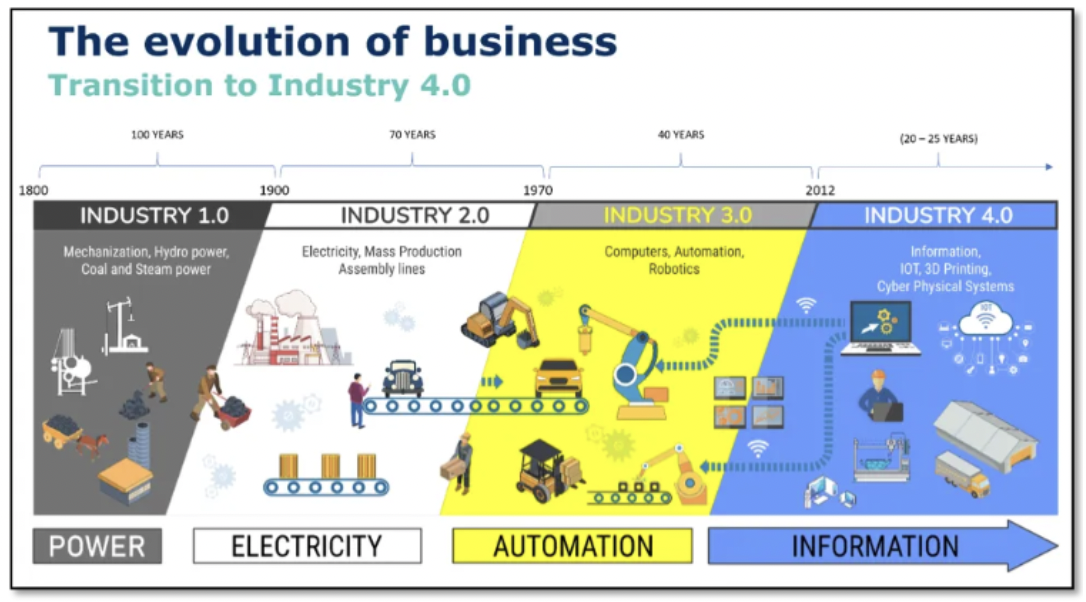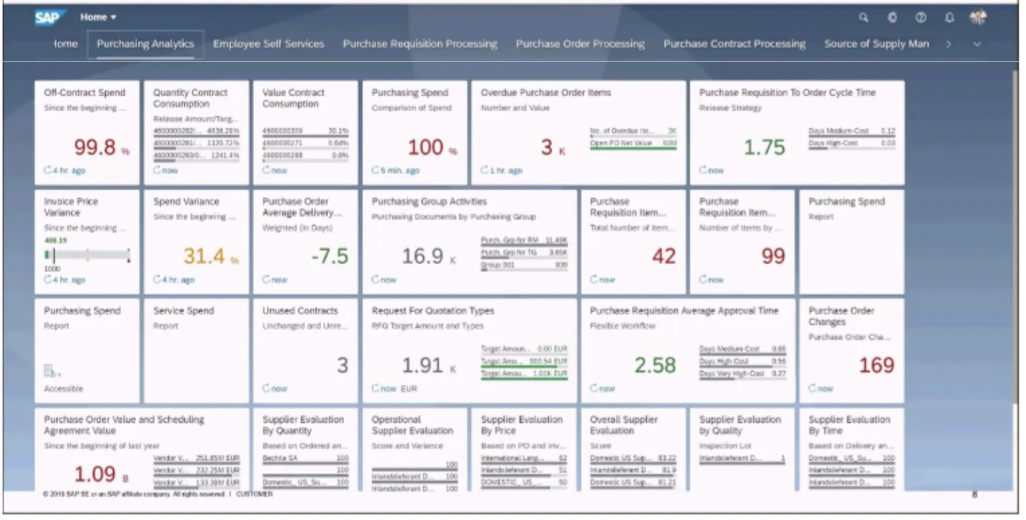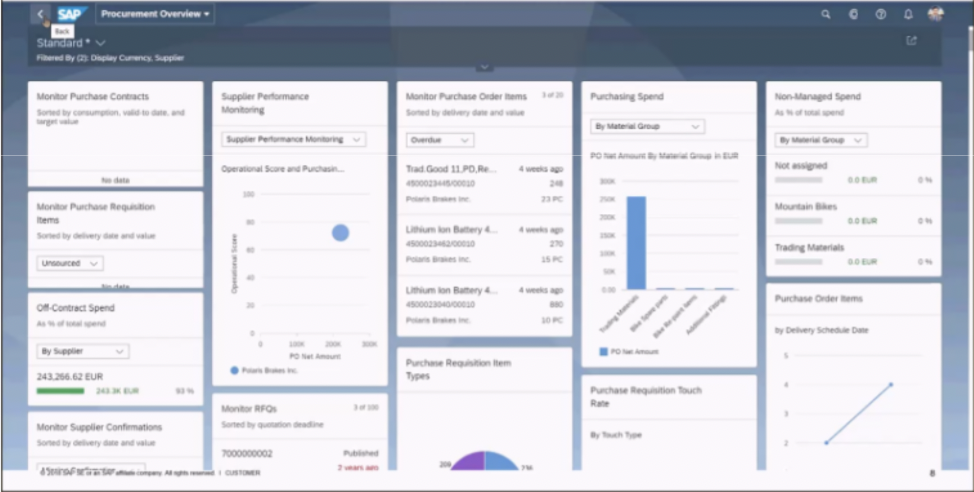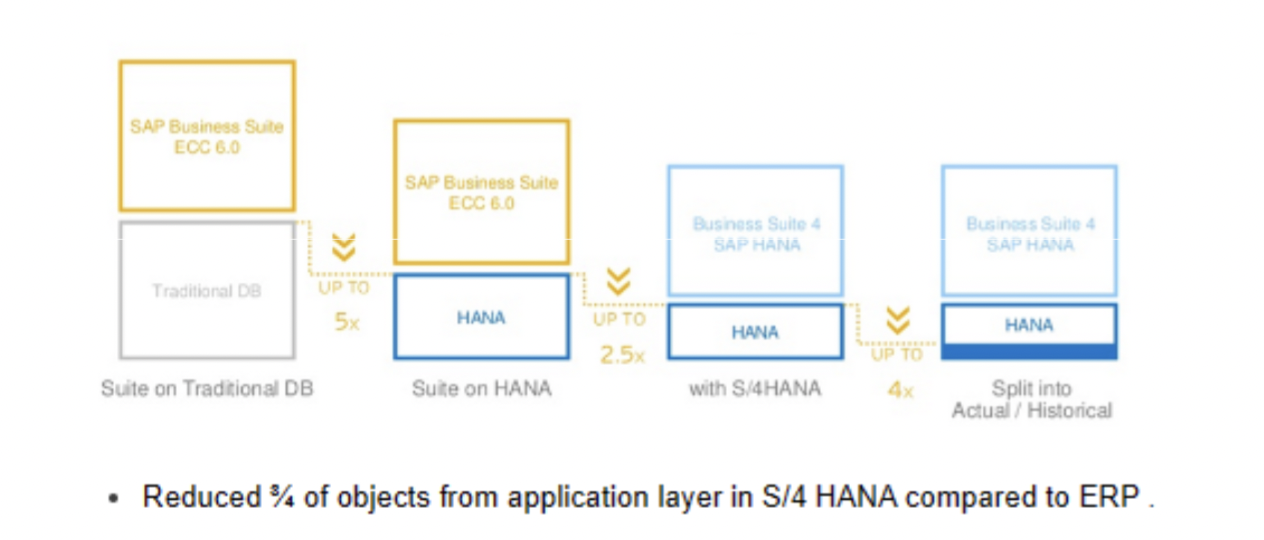As technology evolves, businesses must keep pace with the latest innovations to remain competitive. One such innovation is SAP S/4HANA, the next-generation business suite from SAP rapidly gaining popularity among businesses. SAP S/4HANA is the successor to SAP ECC (ERP Central Component) and comes with advanced features and functionalities that can help companies to improve productivity, streamline processes, and make informed decisions. This blog will delve into the technical details of why businesses need to transition from ECC to S/4HANA.
What is SAP S/4HANA, and why does it outcompete SAP ECC?
SAP S/4HANA is an enterprise resource planning (ERP) software that runs on SAP’s in-memory database technology, SAP HANA. It is designed to provide real-time insights and analytics, simplify processes, and improve user experience. SAP S/4HANA has advanced features such as predictive analytics, artificial intelligence (AI), and machine learning (ML), which can help businesses make better decisions faster.
To understand why S/4HANA is something new that will change the game of ERP business and that it’s not just “an upgrade that looks nice,” let’s understand how the system interacts with the user—the fundamental change from a transaction system to an information system.
To understand how and why S/4HANA is transformational, let us study the history of the industrial revolution and the paradigm shift in the move to Industry 4.0.
Industrial evolution happens when transformational technology matures. In Industry 1.0, the significant change was power and steam engines. For Industry 2.0, it was electricity; in Industry 3.0, it was automation and robots. The driving factor in Industry 4.0 is adding “Information” to the business execution.

Image Source: Why S/4HANA outcompetes SAP ECC (2bm.com)
And that is exactly what SAP S/4HANA is all about – information in the business process execution!
Information is king in S/4HANA, and in the 1909 release, the next-generation ERP system provides information that helps make faster and better decisions. Real-time analytics and machine learning suddenly make all the ERP data come alive by providing all the information from the SAP solution.
History of SAP S/4 HANA evolution as below.

Image Source: Architecture Of S/4 HANA vs. ERP | SAP Blogs
Imagine that instead of going to different transactions and reports in SAP, we start in a dashboard that provides all the information one needs to get “insights” on all the trades – and which highlights orders that require one’s attention. The dashboard is interactive, enabling users to navigate directly into any issue until the root cause is identified, and they can act accordingly. Imagine getting “hints” from the SAP engine if supplier issues exist, and the system politely shows the alternatives.
Instead of being an expert in transaction codes, we navigate to a specific area to solve the business issues. Numerous apps are available to take direct action, not in an overwhelming way, but in a natural and intuitive way of working.


Behind the scenes, the new platform includes functionality with Machine Learning and Robotics as integrated parts of business administration. SAP released several algorithms in 1909 which offer suggestions based on predictive algorithms in finance postings and vendor management. This enables predictions and suggestions based on all the historical business transactions.
Technical Drawbacks of ECC
SAP ECC is the predecessor to SAP S/4HANA and has been the ERP system of choice for businesses for many years. However, SAP ECC is no longer supported by SAP and will no longer receive updates or support after 2027. SAP ECC is based on a traditional database architecture that relies on hard disk storage. This makes it difficult to process large amounts of data quickly and efficiently. The conventional architecture also makes it difficult to perform real-time analytics and reporting, resulting in delays in decision-making. Additionally, the architecture of ECC needs to be optimized for modern technologies such as AI and ML, which can limit the ability of businesses to leverage these technologies for innovation.
Technical Benefits of Transitioning to S/4HANA
It’s frustrating to see how the traditional SAP ECC customers are reluctant to engage – like there is a situation where some believe that the “Enterprise Core Component” is good enough. So why do anything? In these cases, the light hasn’t been switched on yet. It’s important to understand that all new SAP customers joining the world of SAP are already ahead on the S/4HANA cloud. They will drive their business towards the Industry 4.0 era, while those who don’t will become comparable to dinosaurs stocked in an outdated system. The SAP GUI is dead, and the history of transactions is over. The future is about embedded information and insight into action!
One of the most significant technical benefits of transitioning to SAP S/4HANA is the in-memory database technology of SAP HANA. The in-memory database stores data in RAM, which provides lightning-fast access to data and enables real-time analytics and reporting. This makes it possible for businesses to make informed decisions quickly and efficiently. Additionally, the architecture of S/4HANA is optimized for modern technologies such as AI and ML, which can help companies to leverage these technologies for innovation and growth.
SAP S/4HANA also comes with a simplified data model that reduces the data stored in the database. This simplification reduces the complexity of the system and improves performance. Additionally, SAP S/4HANA offers a modern, intuitive user interface optimized for mobile devices, making it easy for users to access the system anywhere. I’ve included for you a Data footprint reduction with S/4 HANA below.

Image Source: Architecture Of S/4 HANA vs. ERP | SAP Blogs
Technical Considerations for a Successful Transition
Transitioning from ECC to S/4HANA requires careful planning and execution. Some technical considerations for a successful transition include:
Hardware and software upgrades: SAP S/4HANA requires powerful hardware and software to run efficiently. Businesses need to ensure that their systems meet the requirements for SAP S/4HANA. Additionally, they need to allocate sufficient resources and budget for the upgrade.
Data migration: Migrating data from ECC to S/4HANA requires careful planning and execution. Businesses must identify the data that needs to be migrated, clean and prepare the data, and test the migration process. This is to ensure that the data is migrated correctly.
Customizations and integrations: Many businesses have customizations and integrations specific to their processes. These customizations and integrations must be analyzed and updated to ensure they are compatible with S/4HANA.
Conclusion
Transitioning from ECC to S/4HANA is critical for businesses that want to leverage the latest technologies and stay competitive. From a technical perspective, the in-memory database technology of SAP HANA, its simplified data model, and its modern user interface offer numerous benefits that can improve performance, streamline processes, and provide real-time insights. However, businesses must carefully plan and execute the transition, addressing technical considerations such as hardware and software upgrades, data migration, and customizations and integrations. This is to ensure a successful transition. With proper planning and execution, businesses can seamlessly transition to SAP S/4HANA. They can enjoy the benefits of this advanced ERP software that meets the old tagline from Waldorf; Enjoy SAP!
View our LinkedIn, here.